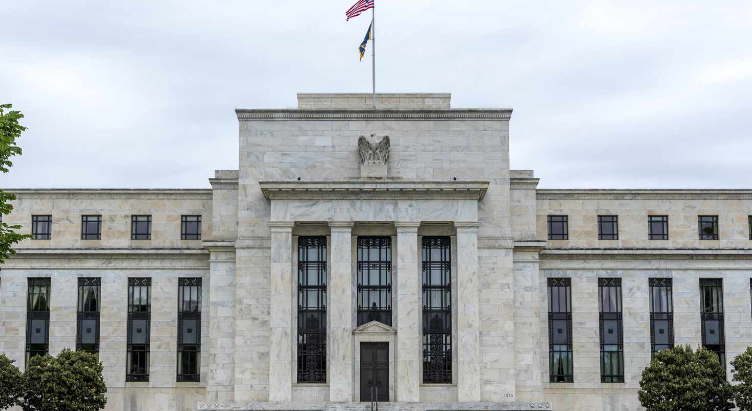The Federal Reserve Sets the Stage for a Rate Cut — Here’s What That Means for Your Money

The Federal Reserve has signaled the possibility of an upcoming rate cut, a move that could have significant implications for consumers and the broader economy. Here’s what you need to know about what a rate cut means and how it might affect your finances.
Understanding the Rate Cut
What is a Rate Cut?
A rate cut refers to the Federal Reserve lowering the federal funds rate, which is the interest rate at which banks lend to each other overnight. This rate influences many other interest rates in the economy, including those for consumer loans, mortgages, and savings accounts.
Why a Rate Cut?
The Fed typically cuts rates to stimulate economic growth, especially in times of economic slowdown or uncertainty. Lowering rates can make borrowing cheaper, encouraging spending and investment, which can help boost economic activity.
Implications for Consumers
Borrowing Costs
- Mortgages: Lower interest rates can lead to reduced mortgage rates, making it cheaper to buy a home or refinance an existing mortgage. This can be a great opportunity for potential homebuyers and homeowners looking to lower their monthly payments.
- Credit Cards and Loans: Interest rates on credit cards and personal loans may decrease, reducing the cost of borrowing. This can be beneficial for managing debt and financing large purchases.
Savings and Investments
- Savings Accounts: While borrowing becomes cheaper, the interest earned on savings accounts and certificates of deposit (CDs) typically decreases as well. Savers might see lower returns on their deposits.
- Investments: Lower interest rates can drive investors to seek higher returns in the stock market and other assets. This could potentially boost stock prices, benefiting those with investment portfolios.
Overall Spending
Cheaper borrowing costs can encourage consumer spending, which helps stimulate the economy. People may be more inclined to make large purchases or invest in business ventures with lower interest rates.
Broader Economic Impact
Economic Growth
The goal of a rate cut is to spur economic growth by making money more accessible and affordable. This can lead to increased consumer and business spending, higher production, and job creation.
Inflation
The Fed also monitors inflation closely. A rate cut can lead to higher inflation if demand in the economy increases significantly. The challenge for the Fed is to balance stimulating growth without letting inflation rise too rapidly.
Strategic Financial Moves
Refinancing Debt
Consider refinancing existing loans to take advantage of lower rates. This can reduce monthly payments and save money over time.
Evaluating Investments
With lower returns on savings accounts, it might be worth exploring other investment opportunities that offer higher yields. However, be mindful of the associated risks.
Budgeting for Spending
Lower borrowing costs can be tempting, but it’s essential to budget carefully and avoid accumulating unnecessary debt. Focus on spending within your means and prioritizing financial goals.





